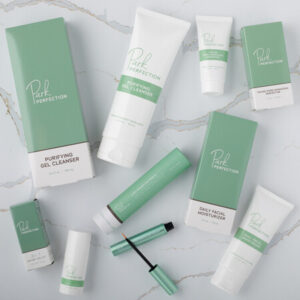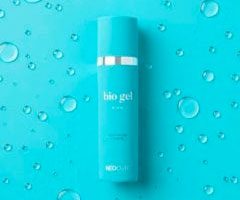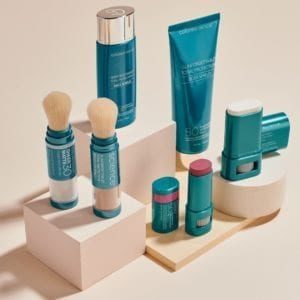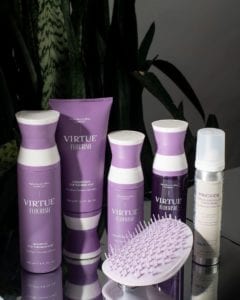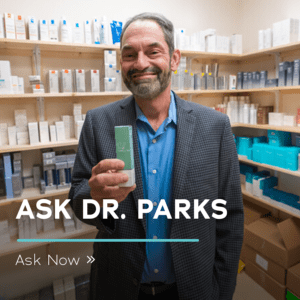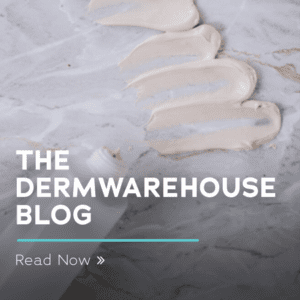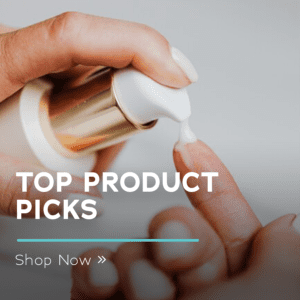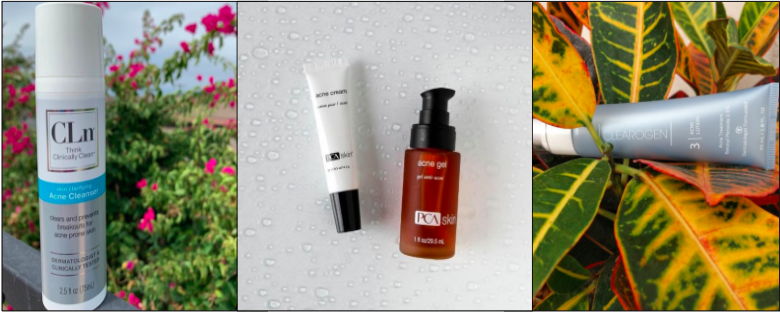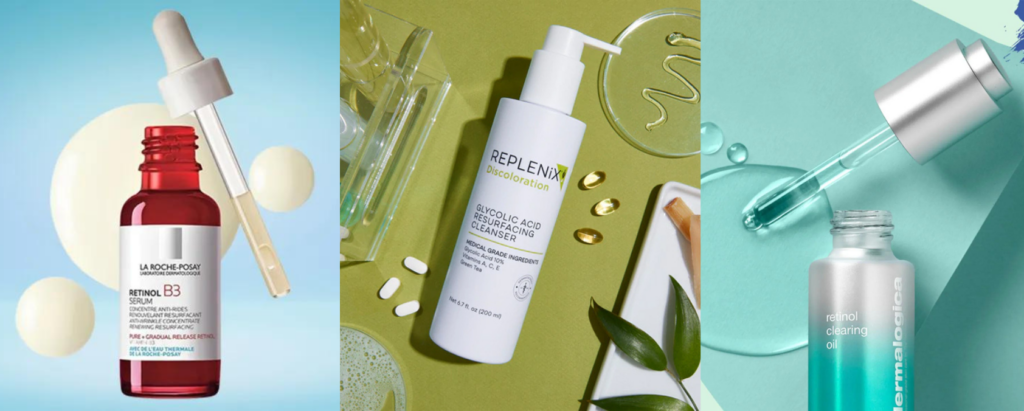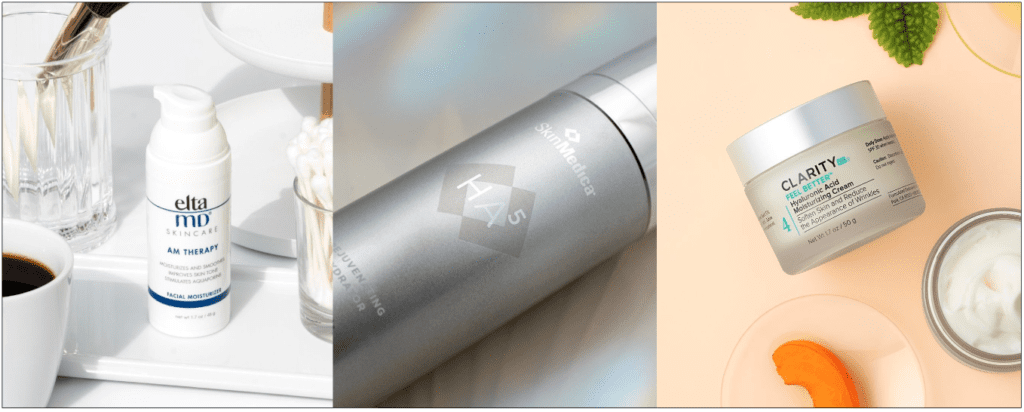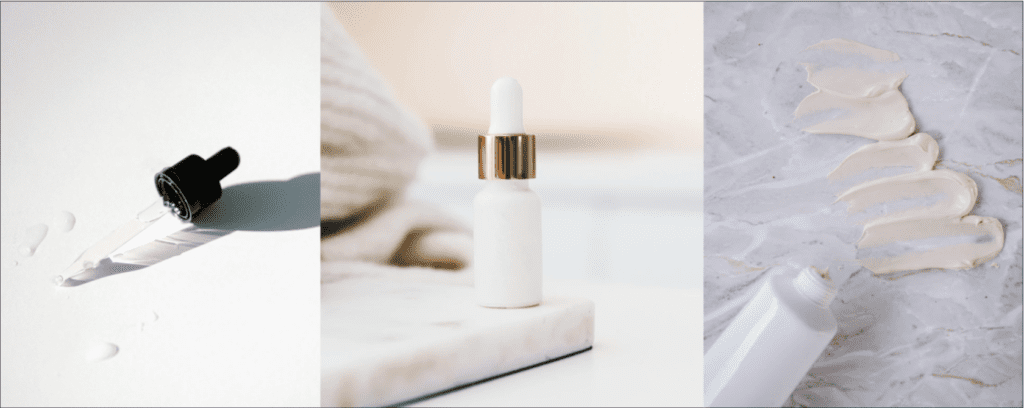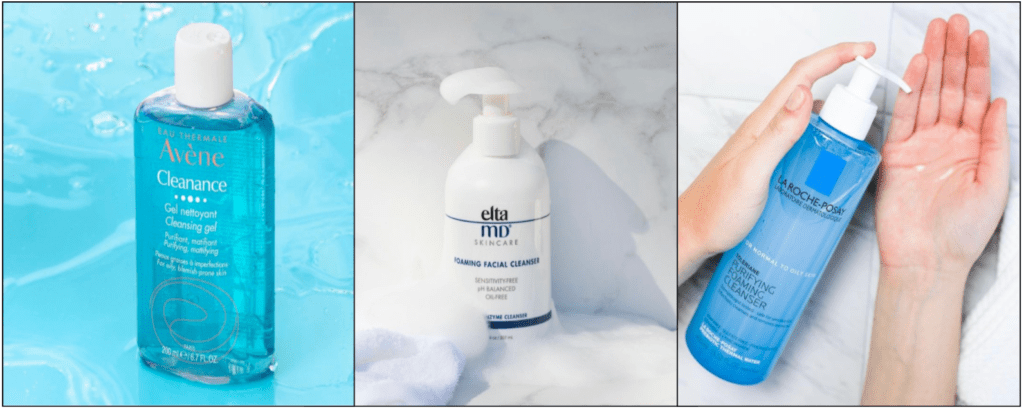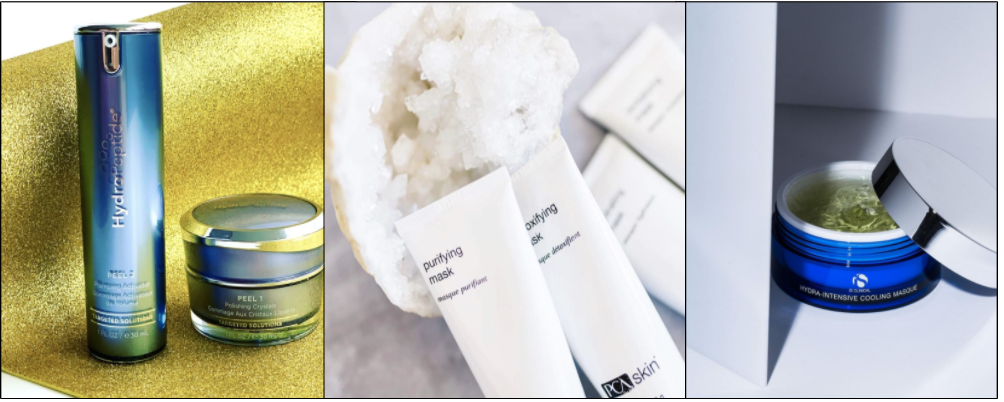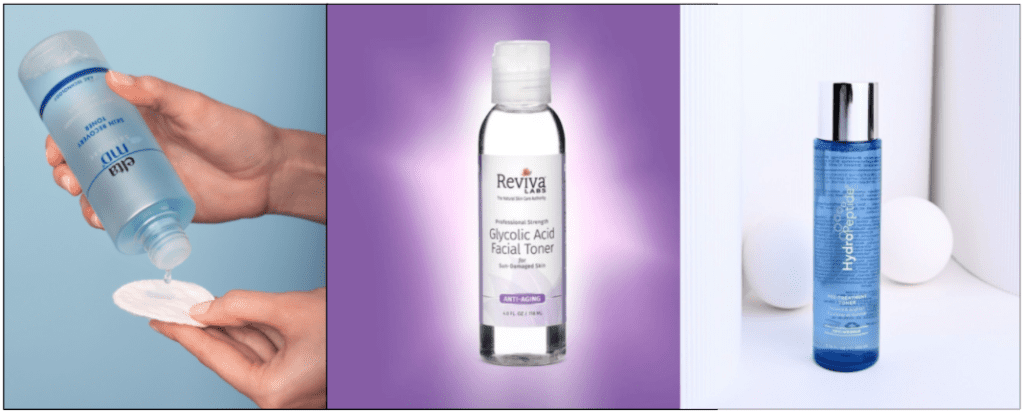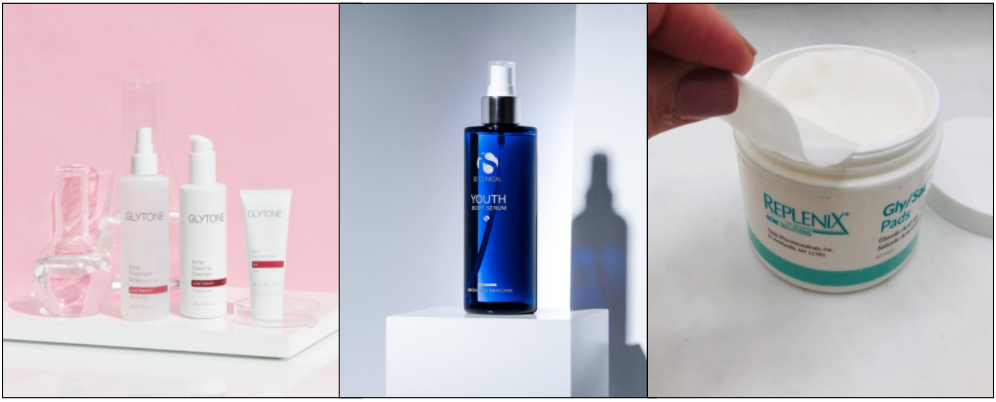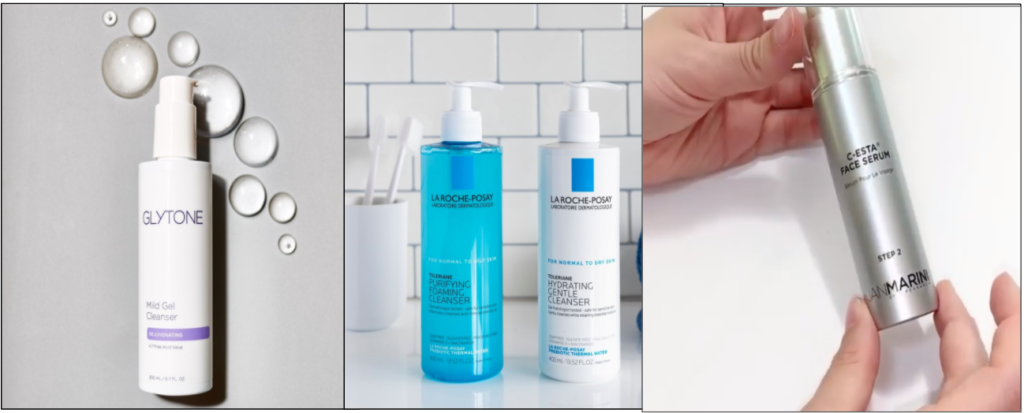As much as we try to avoid it, many of us will experience acne at some point in our life. You might’ve already passed your acne phase when you were in middle and high school. Maybe it hit in college as you found yourself stressed often, or you may find yourself breaking out suddenly as an adult. No matter when or how it happens, acne can be a serious bother for your skin. According to the AAD, acne is the most common skin condition in the United States, affecting up to 50 million Americans annually. While you may be focused on the physical appearance of acne, there’s actually a lot going on beneath the surface of your skin that causes acne and is a result of it, including some serious inflammation of your skin.
What is acne anyway, and what causes it?
Your skin is made up of millions of hair follicles, or you may know them as “pores.” These pores can easily get clogged up with dirt that gets beneath your skin, excess oil or “sebum” your skin creates and often, dead skin cells that haven’t been turned over or excreted. All of these irritants put together can cause a plug in the individual pore, and the bacteria in the pore cause inflammation and swelling. Acne can be caused by a variety of things, the most common being excess oil production within the skin combined with dead skin cells and bacteria. In addition, your genetics, hormones and stress can all factor into a serious case of breakouts. All pimples are not created equal, however. The different types you might find are:
- Whiteheads- These look like tiny bumps with a white top. They’re caused when a clogged pore is clogged all the way through the area, otherwise known as a closed comedone.
- Blackheads- Blackheads look just how they sound; bumps on the surface of the skin with black tops. These are known as open comedones because the head of the pore remains open while the rest of it is clogged.
- Papules- Papules look like small red bumps on the surface of the skin. They happen when oil or dead skin cells get clogged in a pore and mix with bacteria on the skin, creating an inflamed lesion.
- Pustules- Pustules are bumps that are red and inflamed on the outside with a white center. When pores get infected, a pustule is formed.
- Nodules- These are red or skin-colored bumps that are formed deep under the skin’s surface, caused by bacteria causing an infection deep within the pore.
- Cysts- This type of acne is often the most painful and difficult to get rid of. Cysts are large, red and inflamed bumps that grow in clusters on the skin.
If you’re struggling with acne, all hope is not lost. Many products and regimens can be helpful in soothing acne breakouts if formulated with the right ingredients. Let’s look into what your skincare regimen could look like if you suffer with acne. Keep in mind that some acne may be so severe that a prescription product is needed. It’s always a good idea to check in with your dermatologist to see what they recommend.
Cleanser: This is one of the most important steps of any skincare routine, but especially for acne-prone skin. Because acne is caused by a buildup of oil, dirt and dead skin, it’s a good idea to start your acne treatment right at the source. A cleanser helps to cleanse the pores of all that waste that could lead to breakouts in the future. When struggling with acne-prone skin, it’s often a good idea to use targeted ingredients in your cleanser. CLn Skincare’s Acne Cleanser contains 0.5% salicylic acid, a commonly used acne treatment, to help clear and prevent breakouts, fight bacteria and soothe irritation.
Toner: Toner is a great way to follow up with a cleanser and be sure your skin is totally clean. It also helps to balance the skin and treat it with specific ingredients. Toners can come in all shapes and sizes, including treatment pads, like Replenix Acne Solutions Gly/Sal Pads. These pads combine glycolic and salicylic acids to help increase the rate of cell turnover and unclog pores for clearer and smoother skin.
Treatment: If using a targeted cleanser or toner is too harsh on your skin, you can opt for a daily acne treatment instead. A treatment would use a higher concentration of acne-fighting ingredients on the whole surface on the skin or on specific spots. PCA Skin’s Acne Gel contains 2% salicylic acid and azelaic acid to fight acne and cinnamon bark, ginger root and licorice root extracts to soothe skin and improve its appearance.
Moisturizer: Although it may be hard to believe, acne-prone skin needs moisturizer just like any other skin type. And, just because you have acne doesn’t mean your skin type is necessarily oily. Acne-clearing ingredients tend to be a bit drying on the skin, so it’s important to make sure your skin is still hydrated while it’s fighting irritation. For a targeted moisturizer, Clearogen’s Acne Lotion uses benzoyl peroxide to kill bacteria and heal blemishes while hydrating and balancing the skin. For a moisturizer not necessarily targeted to acne but still safe for acne-prone skin, try out SkinMedica’s Ultra Sheer Moisturizer with antioxidants and hyaluronic acid helps to hydrate oil-prone and sensitive skin without causing breakouts.
As bothersome as acne can be, remember that it’s common, and happens to most people at some point. Do your best to take care of your skin and treat the acne at the source.

